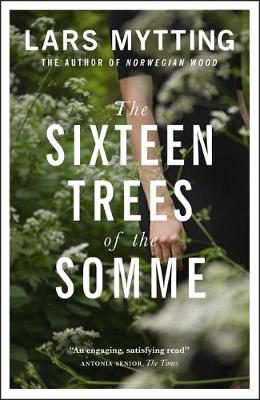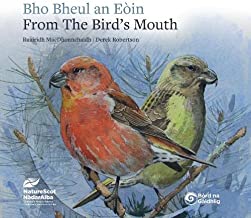Translated from Norwegian by Paul Russell Garrett

I thought this novel was simply superb.
Edvard, the first person narrator, who has grown up on a remote Norwegian farmstead, sets off on a voyage in search of the truth about what happened to his parents, who died in France when he was three. The backdrop to this voyage embraces different places and times, as the beautifully constructed plot weaves its way across the twentieth century. In trying to unlock his family’s secrets and find the missing pieces in the jigsaw of his life Edvard faces family conflict and world wars, love and loss, who is friend and who is foe. Contemporary, yet looking back to make some sense of the now, the novel effortlessly crosses these different times and locations as characters are woven into the intricate plot, and Edvard’s journey and ours become ever more tense.
Mytting captures the remote ruggedness of Shetland, the earthiness of his native Norway, the class system of Edinburgh, the battlefields of France – all in extraordinary and compelling detail as the plot unfolds. I adored Edvard’s visit to the gun smiths, John Dickson & Son, in Edinburgh’s Frederick Street, a journey I too have made many times: his description of this ancient temple of hunting and fishing reminded me of many days fishing for salmon and trout. The Somme and Ravensbrück however root the story in the horrors of twentieth-century wars.
Throughout the novel it is almost impossible to believe that we are reading a translation. Huge credit must go to Paul Russell Garrett who made me feel totally at home in a world of Viking names and Nordic customs and captured the lilt and the poetry of the original.
And the trees? As author of Norwegian Wood Mytting is heralded as Norway’s bestselling writer. Trees are special to this Norwegian. There is no need for a spoiler alert other than simply to say that the sixteen trees provide a beautiful symmetry to a most moving, evocative and understated novel.
Reviewed by a Library Member


